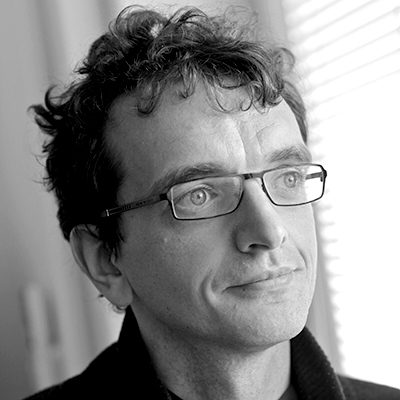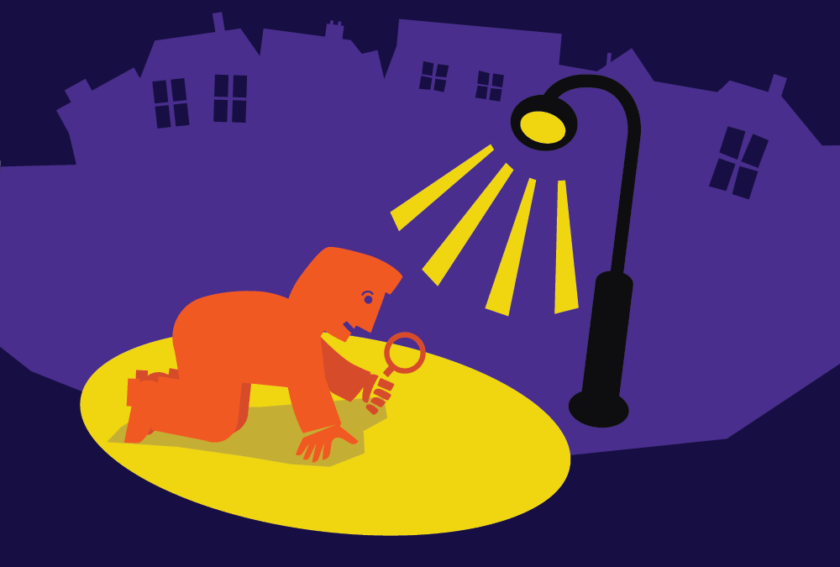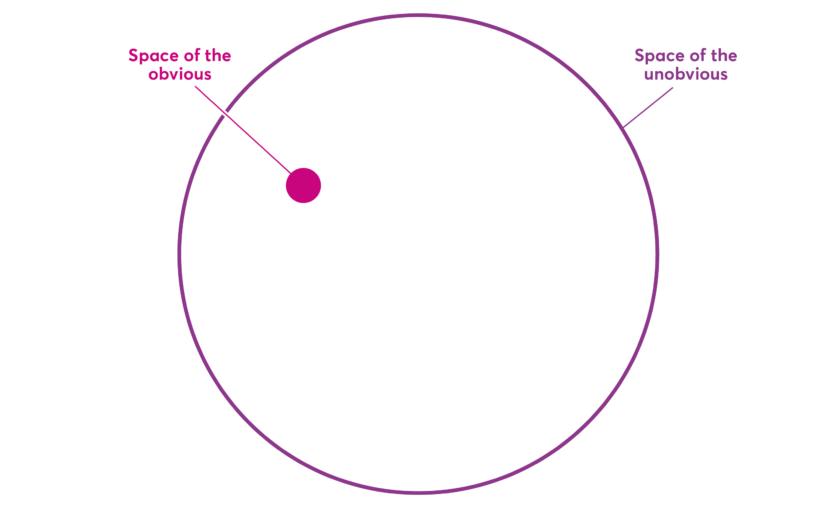This blog post is the first in a series that shares our reflections on building an experimental culture in governments - see Exploring the unobvious: An overview for an introduction. Here, we explain why governments need to explore the unobvious.
“Is this where you lost your keys?”
“No, but the light is much better here.”
This meme, which is known as the 'streetlight effect', is used to illustrate the natural tendency of people to look where it’s easiest when searching for something. In our work with governments and development organisations, we often observe a similar pattern when they are solving public challenges: the solutions that are chosen and implemented are often the obvious but not necessarily most effective ones.
Of all possible solutions to a given problem, bureaucracies tend to explore only a small, fairly predictable subset: a result of legacy, aversion to risk taking, the tyranny of the explicit and entrenched processes (take for example the ubiquitous brainstorming sessions). In our training sessions, we often use this diagram to illustrate the point:
Given the wicked nature of public challenges, we believe that governments should stretch their practice by moving beyond the obvious in order to develop better outcomes. Complex problems are often most effectively tackled in an 'oblique' – or indirect – way. But this approach is often counterintuitive and runs against institutionalised patterns of behaviour that seek the most efficient path to a solution.
Last year, the Edge of Government showcased interesting examples of such ‘oblique’ approaches at the World Government Summit in Dubai. Take, for example, how Sao Paulo mobilised its citizens’ talents and expertise to train public servants, how barbers are working to prevent suicides, or how Lima resorted to vultures to map illegal dumps.
And in international development, we have also seen noteworthy examples of obliquity - particularly from the 'development mutants', who work outside of conventional institutions and often use unorthodox approaches to realise their bold ambitions. Take, for example, how Indonesia's Waste Banks help poor communities improve their health, while at the same time reducing the amount of recyclable waste ending up in landfills, by turning waste into health insurance money. Or how in Kenya, the most effective tactic to reduce road traffic mortality turned out to be stickers encouraging passengers in matatus (a type of minibus taxi) to speak up when their driver was behaving recklessly.
At first glance, these solutions look like they might be the result of a stroke of genius or a monumental epiphany. But on deeper investigation, we see that the outcomes result from a deliberate experimental process of exploring a broad space of options, possibilities and unknowns; and systematically identifying and testing assumptions, often through multiple parallel experiments.
We see that governments are struggling with embracing and embedding such experimental practices, particularly at a time when the public demands concrete answers and quick fixes. Despite these pressures, we should perhaps start with being more humble, acknowledging our knowledge gaps and assumptions, and allowing ourselves to “be less certain” in order to open up to unexpected and surprising possibilities.
The further we move away from the obvious – into uncharted territory – the more counterintuitive and out of the ordinary it becomes. But at the same time, the more we understand of the science of serendipity, and the more we appreciate that there is a method to the madness, as it were.
So, how do you actually go about exploring the unobvious? Where do you start? And what approaches should use? Read our next post in this series, From methods to mindsets, to find out about the range of methods that can be used to open up the unobvious, but why we also need to move beyond looking at methods in isolation.




